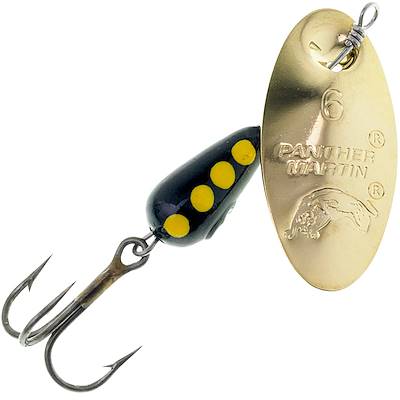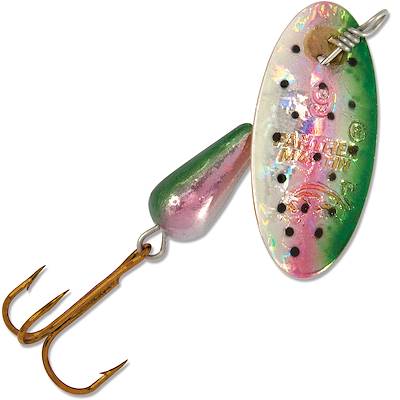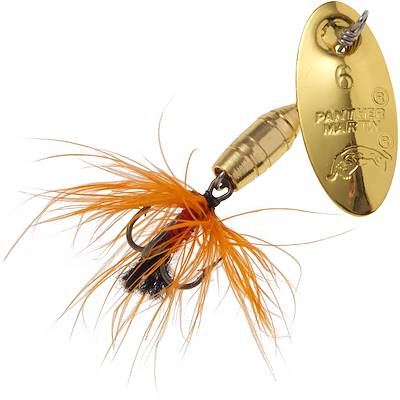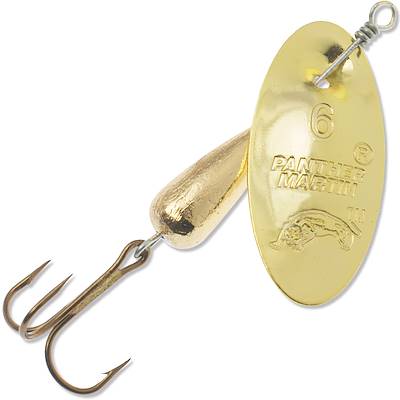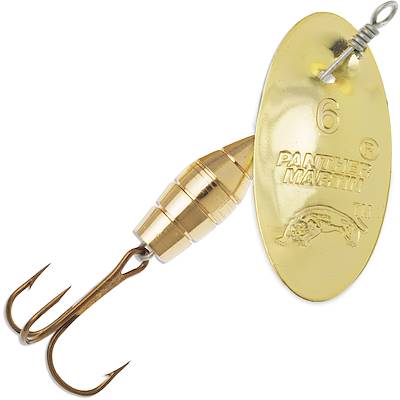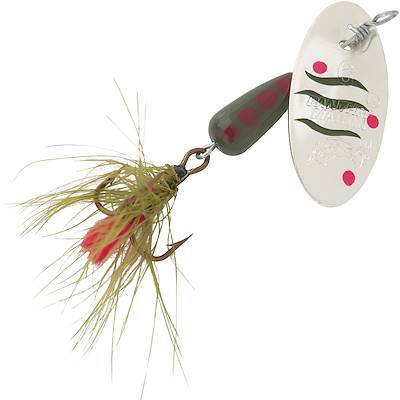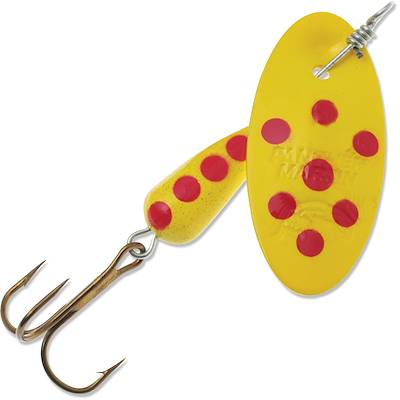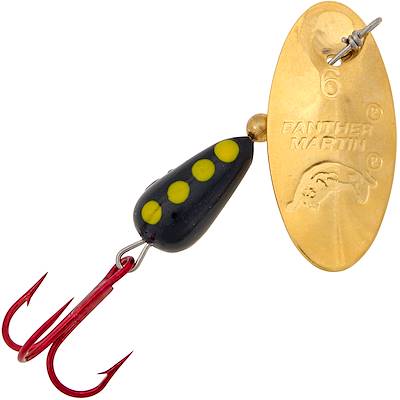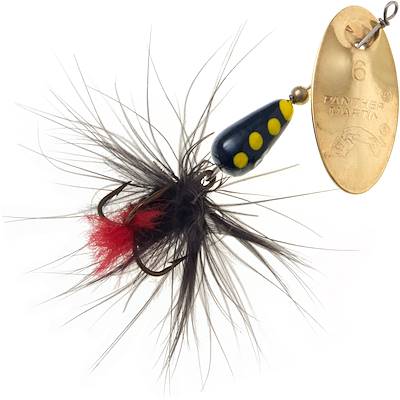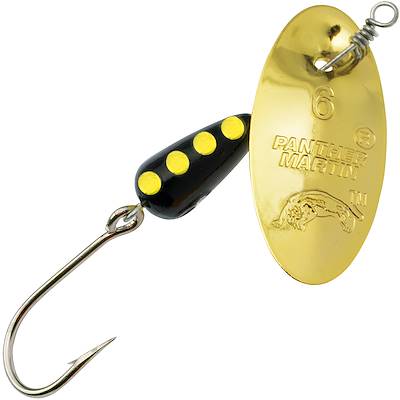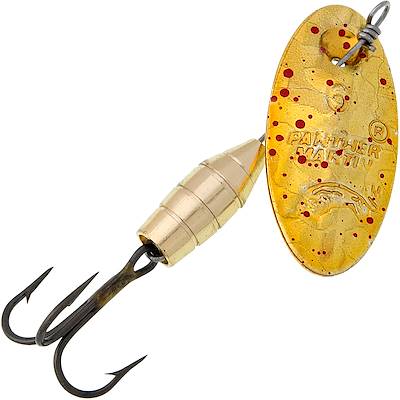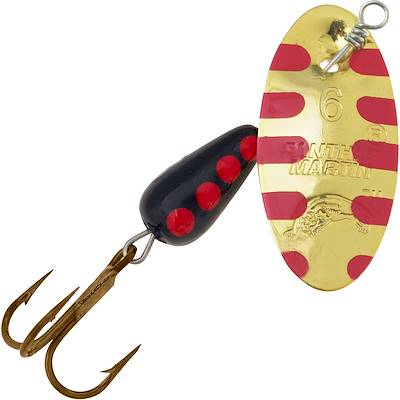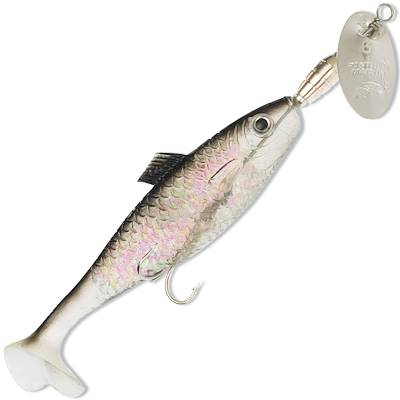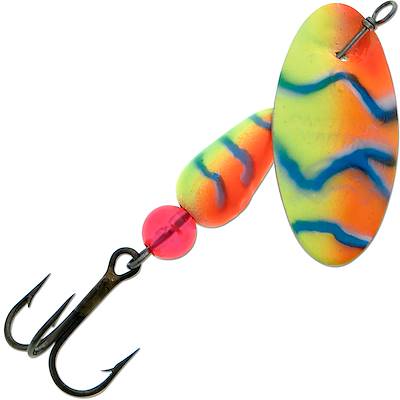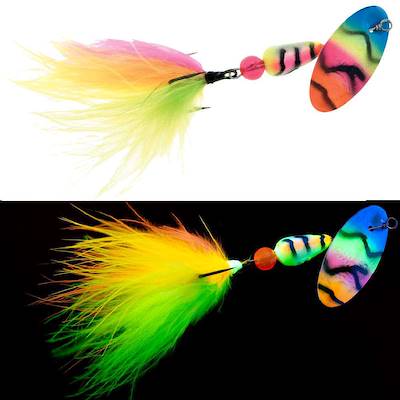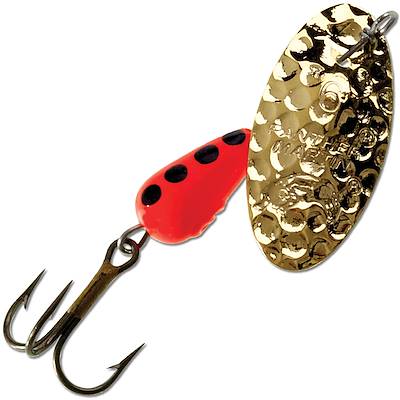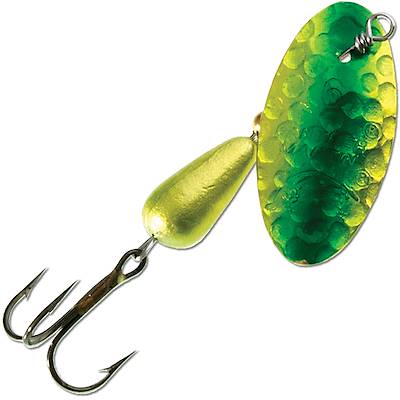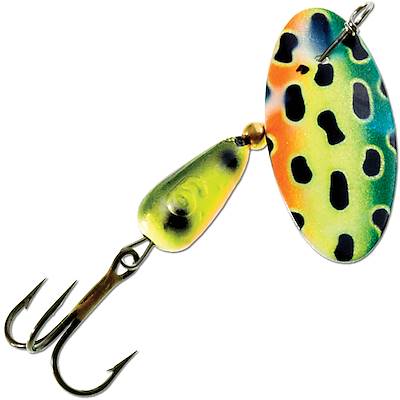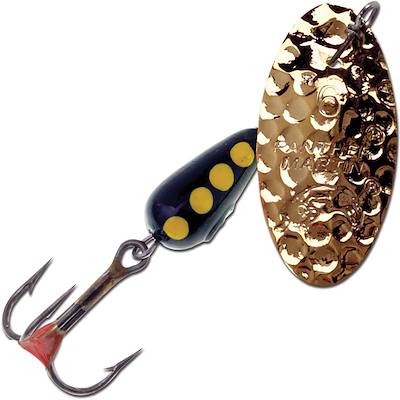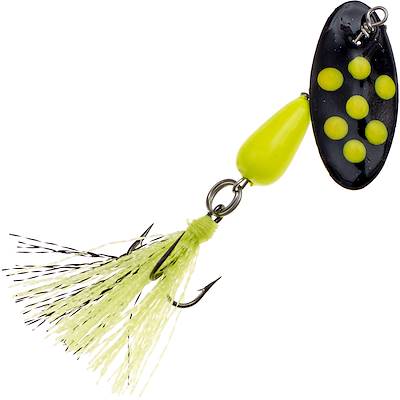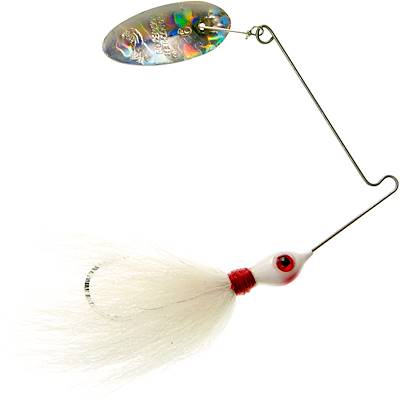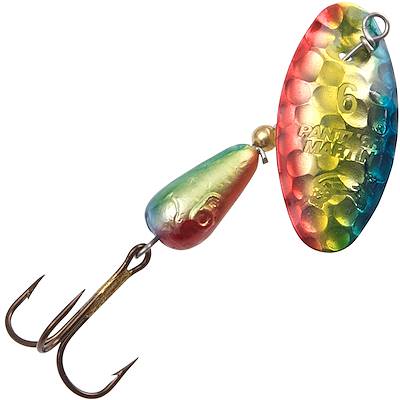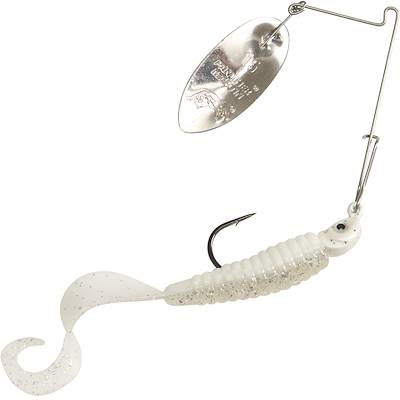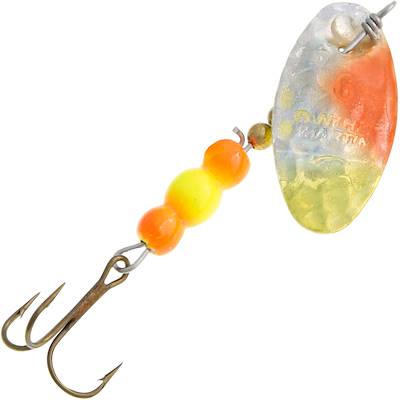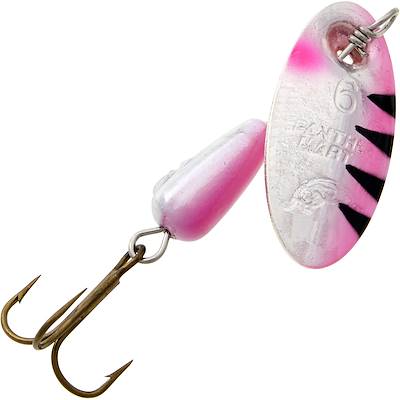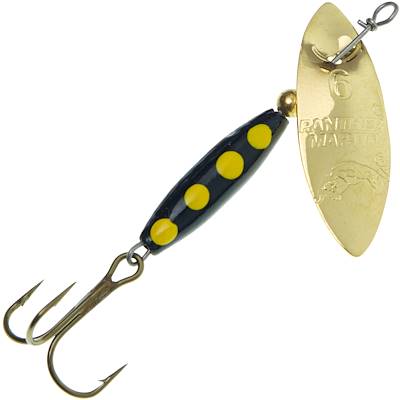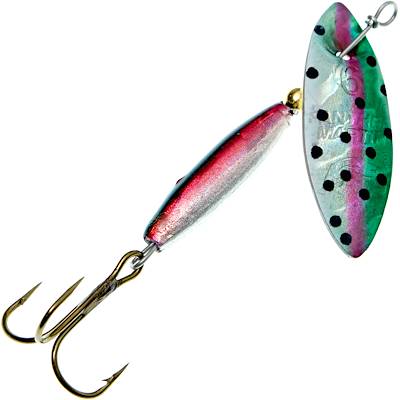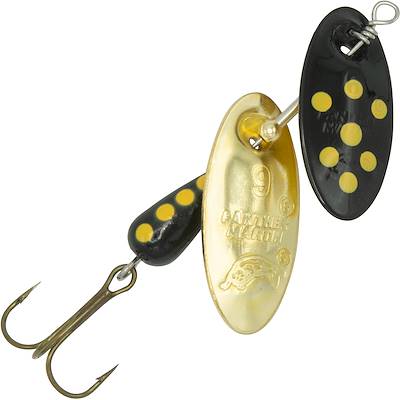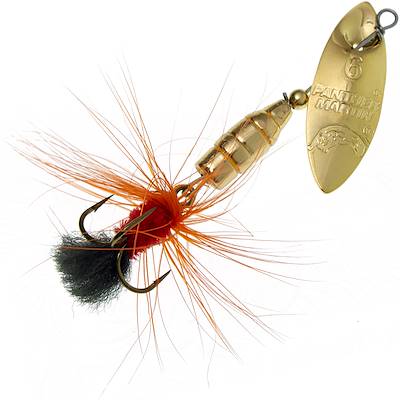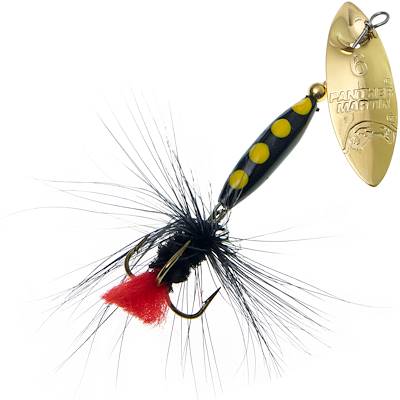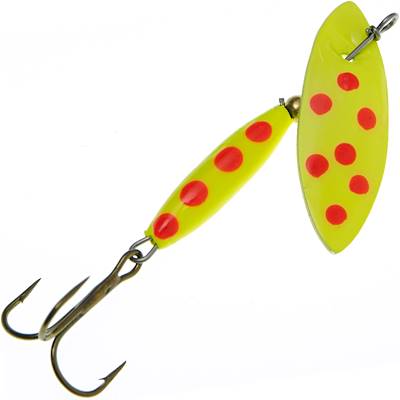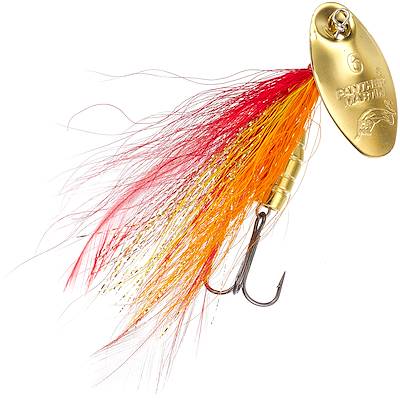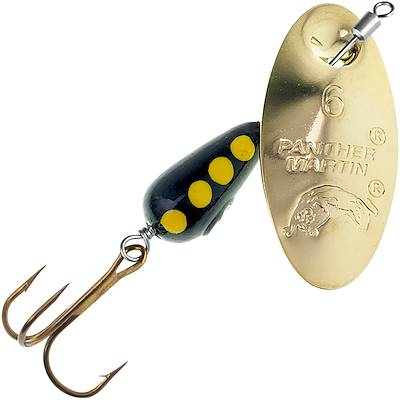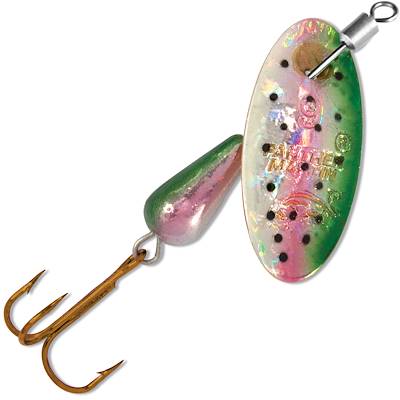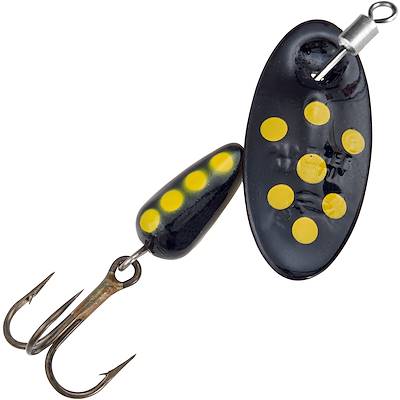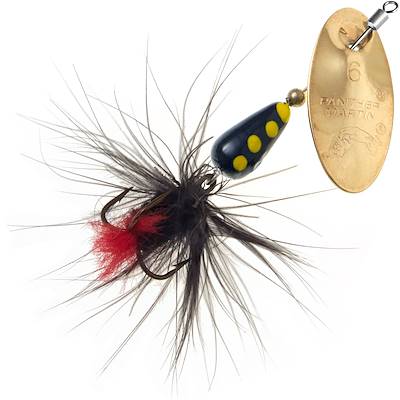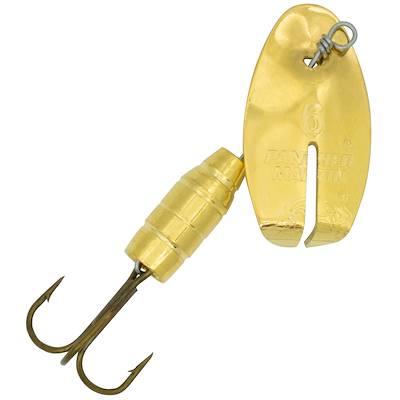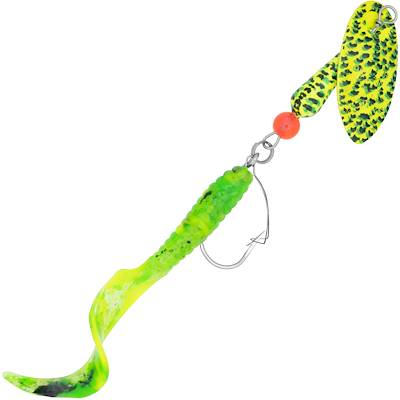Panther Martin Walleye Fishing Guide
Walleye
Introduction
With big, milky eyes that shine in the night like a deer caught in headlights, there’s little doubt the walleye is built for feeding after dark. That doesn’t mean, however, that you can’t catch them during the day. Cool water fish that prefer water temperatures below 70 degrees, they are often caught along the deep side edge of shallow flats or in pockets of slow or still water in rivers and streams during early morning or evening hours. Under periods of heavy cloud cover, they may feed throughout the day.
Late spring and early summer, following the walleye’s spawning period, is the optimal time to target this extremely challenging and tasty battler. They can be one of the more difficult freshwater species to understand for beginners, but begin to crack the code and you’ll also find them quite rewarding.
General Tips
- In reservoirs, large lakes, bays and shoal waters, walleye often hold well off the shore during mid-day hours. Bank anglers can catch them slipping into and out of the shallows at dawn, dusk and under heavy cloud cover.
- Although they will occasionally crush a lure, many walleye strikes register as light taps or even a simple heaviness at the end of the line. Target them with light spinning gear for extra sensitivity.
- River walleyes tend to stay out of the strongest currents. Look for them in eddies, directly above or below boulders, or directly upstream and downstream from large wing dams.
- Pockets of calm, deep water within spillway and tailwater areas below a dam are great places to find mature walleyes that washed out of the main lake or reservoir as fry.
- Large female walleye don’t eat much during their early spring spawning period and for about ten days after. Then they go on a month-long feeding binge to replenish their reserves.
- Sandy bottoms draw walleye in late spring following the spawn. Target them around the outside edges of bulrush beds.
- Large schools of walleye generally hang close to the bottom but they can suspend anywhere in the water column.
- Cloudy, windy conditions prompt shallow water walleye action in clear lakes.
- Several consecutive days of strong winds often blow small baitfish to the windward side of a lake cove or bay. Walleye generally follow the bait.
- Walleye tend to avoid areas where the bottom is paved with a thick, gooey layer of mud. If the mud sticks to your anchor, move on and look for nearby stretches of sand of gravel.
Catching Walleye
- Increasing cloud cover often triggers walleye feeding activity, making the hours immediately preceding a storm prime time. Tempt these fish in shallow water with a size 6 to 9 Panther Martin Classic All Silver, FishSeeUV Dressed orange/white/blue, or a Nature Series Bull Frog spinner.
- When walleye go deep on sunny days, stay in touch with a size 9 or 15 Panther Martin TailWagger in albino red eye or chartreuse holographic patterns.
- For suspended walleye in open water, a Sonic SizzleTail in Silver Chartreuse Silver Flake, Silver Chartreuse Silver Flake or Silver White Ice can be deadly. Cast out and countdown as the lure sinks. Retrieve at various depths, noting the count so you can repeat success.
- Tip any Panther Martin spinner with half a nightcrawler and retrieve it slowly just above the bottom to catch shy walleye at any time of the day. Impale the worm once through the forward end.
- Troll a size 6 or 9 Panther Martin Classic Holographic spinner 100 to 150 feet behind your boat at ¾ to 1 m.p.h. Tip the spinner with a small minnow or thin pennant of perch fillet.
- To troll Panther Martin spinners in deep water, use a weighted line or downrigger. Note the depth of each strike and return the lure to that setting for the next pass.
- Daytime is actually the best time to catch walleye where murky water screens out penetrating sunlight. Panther Martin Hammered spinners, Vibrant Image spinners, and FishSeeUV Tailwaggers are excellent choices under these conditions.
- When walleye are suspended at mid-depths well off the shore, a slowly worked size 6 Panther Martin Classic in green florescent can turn some heads.
- Count down with a Vivif Style Spinner Minnow to catch summer walleye holding just above the thermocline.
- To present a larger profile spinner/worm combination to finicky feeders or big fish, use a Panther Martin Classic Single Hook spinner and thread the worm head-first so it lays straight and parallel to the hook shaft.
- Along deep drop-offs and ledge areas, send a size 6 silver or gold Panther Martin Classic Red Hook spinner straight to the bottom and jig it with long, upward sweeping motions. Allow the spinner to fall back down on a slack line and repeat until the hooks sets in jaw of a trophy.
- In low-light conditions, or when fishing in water discolored by run-off or cloudy algae blooms, Holy Hammered spinners are a good selection. Holy Hammered Brookie and Sunfish patters can produce throughout the day under heavy cloud cover.
Walleye Facts
- Walleye are most aggressive when food is scarce. Early- to mid-spring is prime time since the previous year’s baitfish supply has been nearly exhausted and new fry have yet to hatch.
- Walleye need high levels of oxygen to thrive. During summer, many fertile lakes lack oxygen in their depths forcing walleyes to suspend at depths of less than 10 feet below the surface.
- Often referred to as walleyed pike, this predator is actually the largest member of the perch family, which also includes sauger, yellow perch and white perch.
- You can distinguish a walleye from its close cousin the sauger by the white tip on the bottom of the walleye’s tail.
- Walleye are prone to roam in big waters and can cover up to 50 miles in a single night.
- Although some walleye live for over 20 years, their typical lifespan in wild environments is less than 10 years. Females grow considerably larger than males.
- Walleye flourish in warmer water than trout, but prefer cooler temperatures than bluegill and bass.
- Exceptionally prolific, a large walleye female lays up to 600,000 eggs per year.
- The dorsal fin spines and teeth of the walleye are both quite sharp. Handle larger specimens with extra care.
- Walleye lack blue and yellow cells for eyesight and see the environment in shades of green and red.
Panther Martin Lures & Sizes for: Walleye
These Panther Martin Lure Families and sizes are best suited for catching Walleye




